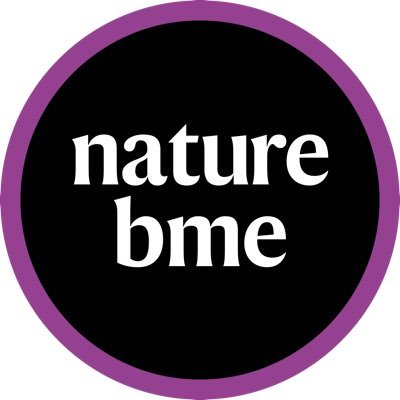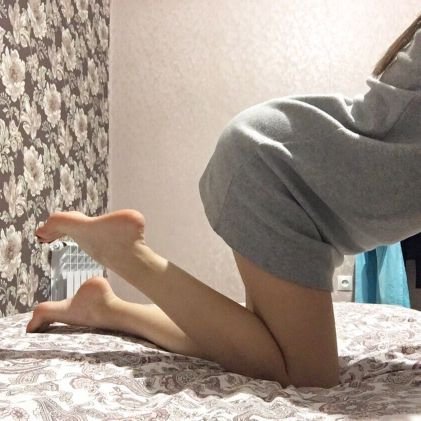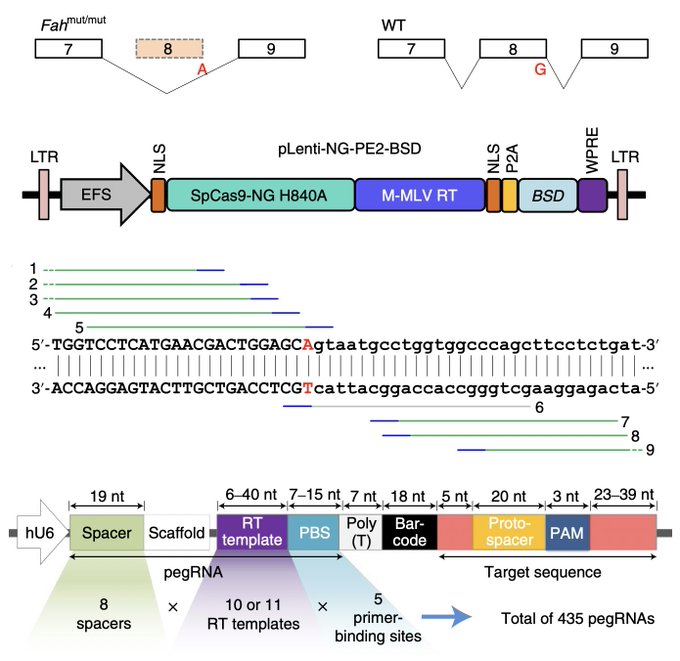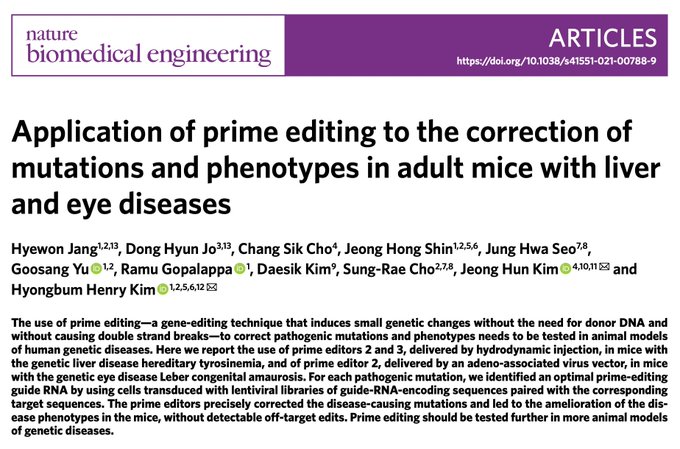
Nature Biomedical Engineering
@natBME
Followers
52,000
Following
49
Media
4,174
Statuses
8,244
News from the editors of Nature Biomedical Engineering, a journal for researchers, engineers and clinicians interested in human health. Launched in Jan 2017.
Joined January 2016
Don't wanna be here?
Send us removal request.
Explore trending content on Musk Viewer
ブルアカ
• 116192 Tweets
#光る君へ
• 97668 Tweets
Oscar
• 81046 Tweets
Dangote
• 70670 Tweets
#みこちDAIDAIDAI重大発表
• 50352 Tweets
ソロライブ
• 49409 Tweets
ホームラン
• 46827 Tweets
Lando
• 42615 Tweets
#TheTraineeSeriesEP4
• 40977 Tweets
#エデン組3Dライブ
• 39568 Tweets
Norris
• 33115 Tweets
Verstappen
• 29359 Tweets
モチーフ
• 24678 Tweets
シロコテラー
• 22613 Tweets
Piastri
• 18666 Tweets
臨戦ホシノ
• 17194 Tweets
バックムーン
• 16259 Tweets
アリウス
• 15948 Tweets
ヤクルト
• 14710 Tweets
ブルーアーカイブ
• 14014 Tweets
刀剣男士
• 11333 Tweets
Last Seen Profiles
@MicrobiomDigest
We have done a first round of internal checks and have contacted the authors. Thank you,
@MicrobiomDigest
.
5
1
180
@EricTopol
@delphi_ote
@pearsekeane
@JeffDean
@GoogleAI
It was also validated with an independent dataset during peer review.
1
13
83
"A two-sided biomaterial can firmly attach to injured tendons with one of its surfaces, while allowing for normal gliding of regenerating tendons on its opposite low friction surface."
#BehindThePaper
[Paper]
0
18
76
The editing of single DNA bases in the genome is being optimized for higher editing precision and versatility. [Editorial highlighting three papers by
@davidrliu
’s team and collaborators]
0
21
65


































































































































































